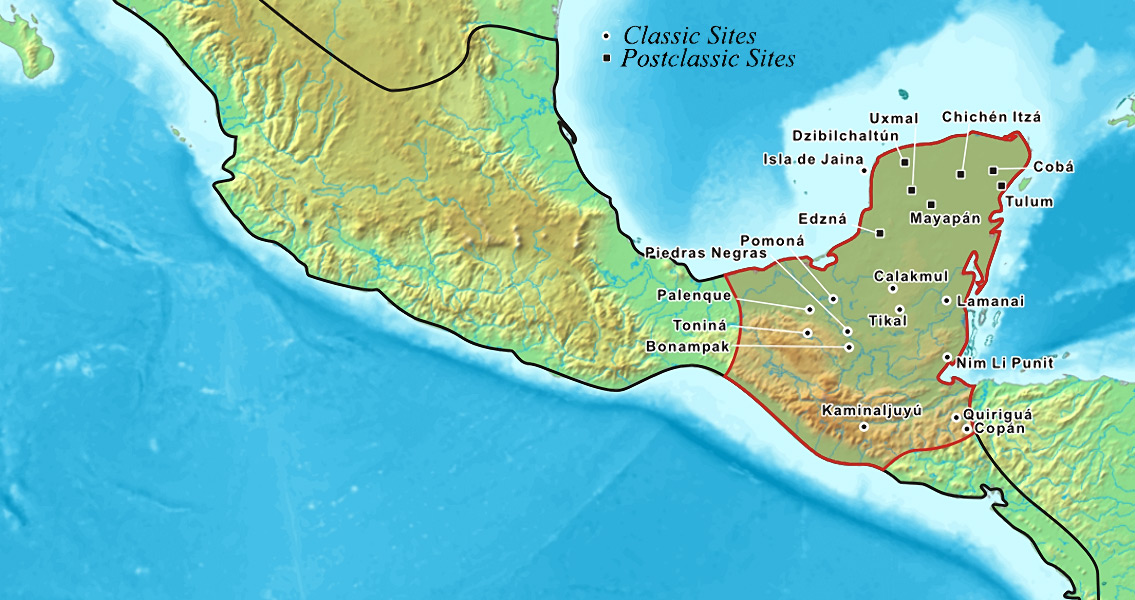<![CDATA[University of Florida doctoral student Ashley Sharpe, along with the Florida Museum of Natural History’s associate curator Kitty Emery, recently joined forces to reveal more about the unsung rank-and-file of the Maya civilization through a research study into a massive collection of animal remains left behind by the Maya and kept at the museum. In a press release published by the university, Sharpe stated that the impetus behind the research was to paint a broader picture of the Maya people. Not much is known about the day-to-day lives of most Maya in regards to the lower or middle class individuals that made up the majority populations of the Maya cities – unlike the detailed knowledge archaeologists have about ancient civilizations like the Greeks and the Romans, Sharpe added. The research study conducted by both Sharpe and Emery saw the bones being used to discover clues about how lower-class Maya lived, revealing that the economic and political systems of the civilization were more advanced and had much more complexity than previously understood. Indeed, these systems were closer to modern versions typically seen in contemporary societies. Sharpe, who has been a frequent visitor to the Maya region and has often spent extended periods of time living within the area since 2008, says that the research revealed the Maya made use of complex systems to distribute food and for trade relations. The types of animals used by the Maya were indicative of social rank in many situations, with Emery pointing out that objects such as musical instruments, jewelry, tools and hides made out of specific animals served as status symbols and as such were reserved for the rich and powerful classes such as royalty. However, the research discovered that while the highest of the high would restrict themselves to only using the most elite animals like crocodiles and jaguars, lower-ranking Maya used a much wider range of species. Many of the poorest made use of freshwater shellfish and fish from nearby rivers for food, in one example given by Sharpe, while in another – the Maya remains of the city of Yaxchilan – more than 50 percent of the animal remains discovered were deer from the nearby forests or those that came to feed on their cornfields. There have been attempts to understand the functioning of the Maya by archaeologists for the better part of a century, often raising more questions than have been answered, especially when it comes to how the intricacies of these city-states functioned. The research conducted by Sharpe and Emery has the potential for filling in many of the gaps modern scholarship has regarding the ancient civilization. For more information: www.sciencedirect.com ]]>
Details of Maya Working Class Revealed by Animal Bones
